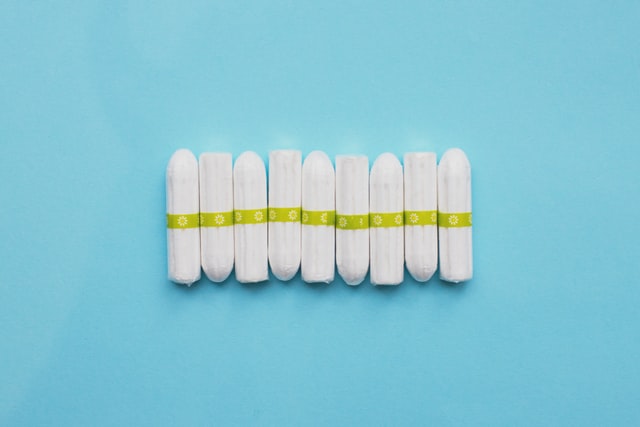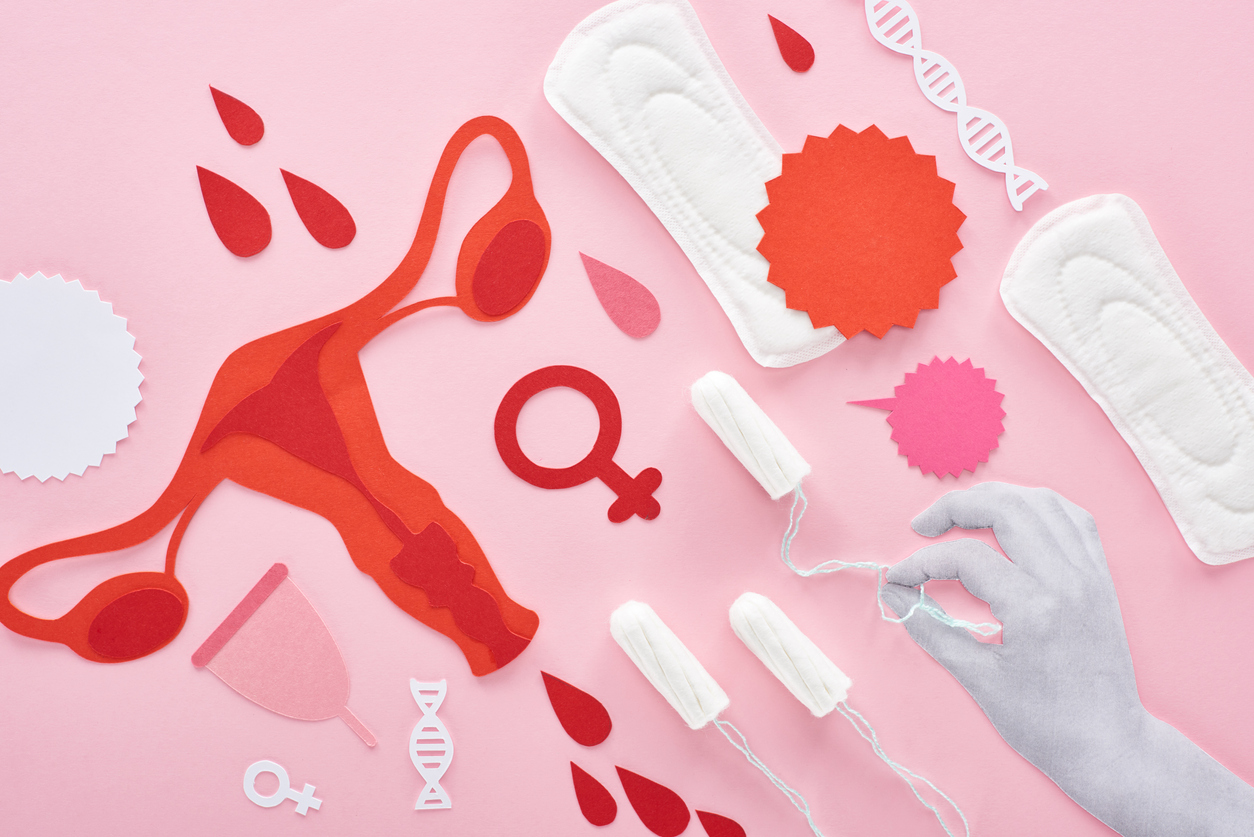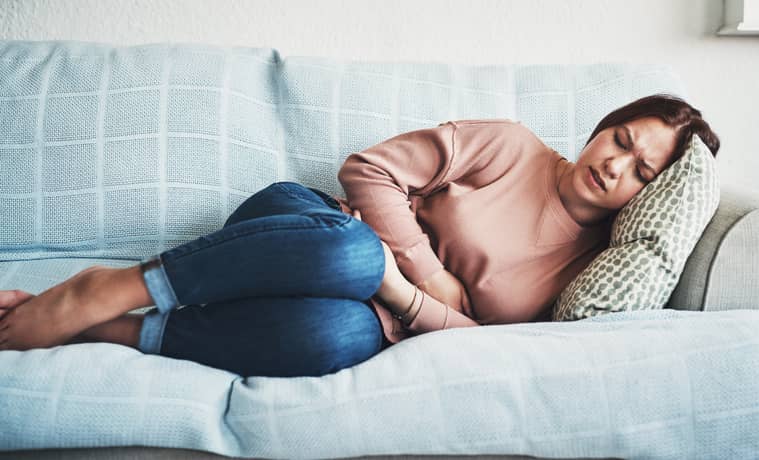It’s not unusual to find hot water bottles helpful when getting through your monthly period.
In fact, 80% of women will experience dysmenorrhoea or pain during their period at some point in their lives.
This is typically felt as muscle cramps or spasms in the lower tummy, sometimes affecting the back and thigh.
Period pain that is not caused by a medical condition is called primary dysmenorrhoea and can usually be managed at home.
For 5-10% of women, however, period pain is so severe that it gets in the way of everyday life. This can be a sign of an underlying condition.
Secondary dysmenorrhoea is period pain caused by a condition, like an infection.
Read on to find tips for managing mild period pain at home, common causes of secondary dysmenorrhoea and who is at risk, and when you should seek medical attention.
Who is at risk?
You have a higher risk of suffering from primary dysmenorrhoea if your mother did as well.
Secondary dysmenorrhoea usually starts from your mid-twenties - women aged between 30-45 are most at risk. It is not usually improved by childbirth.
Listed below are some of the common causes of secondary dysmenorrhoea.
Fibroids
Many women - potentially up to 50% - live with non-cancerous growths in and around their womb. These growths are known as fibroids.
Fibroids are mostly left untreated as they often disappear on their own, especially after the menopause.
However, one in three women might experience painful or heavy periods due to fibroids, as well as:
- Abdominal pain
- A frequent need to pee
- Lower back pain
- Pain during sex
- Constipation
See a doctor if you suspect you have fibroids. They may advise taking painkillers to help relieve the symptoms. Speak to your pharmacist or doctor for further guidance before taking any painkillers.
If these medications aren't effective, a doctor may advise treatment for shrinking fibroids.
Endometriosis
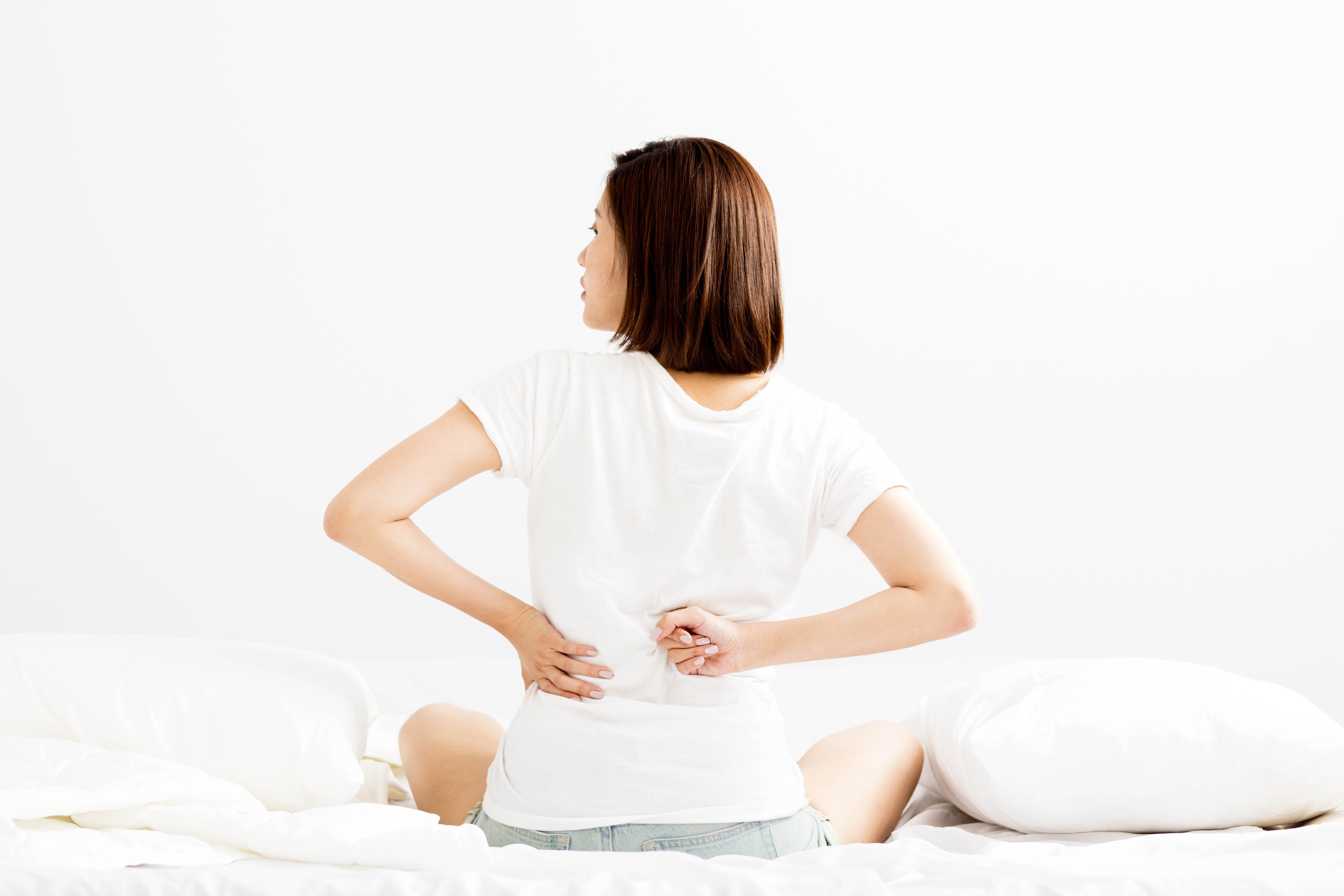
Endometriosis mainly occurs in girls and women before the menopause.
It is when the tissue that lines the womb begins to grow in other places like the ovaries and fallopian tubes.
During your period, this tissue breaks down and travels from the womb to the cervix, exiting the body from the vagina.
In other parts of the body the blood can get trapped. This can cause pain, as well as inflammation and scarring.
One of the main symptoms of endometriosis is pain in the lower tummy or back which gets worse during your period.
This can make it difficult to carry out daily activities. Periods can be heavier than usual, too.
Sufferers of endometriosis may experience:
- Pain in their lower back or tummy that worsens during their period
- Constipation or diarrhoea during their period
- Painful sex
- Pain when peeing or pooing during your period
- Difficulty getting pregnant
Some may also occasionally find blood in their pee during their period.
If you are suffering from pain that affects your daily life, you should make an appointment to see a doctor.
There is currently no cure for endometriosis but treatments for managing pain and other symptoms are available.
Pelvic inflammatory disease
Another common cause of painful, heavy periods is pelvic inflammatory disease (PID).
This is an infection of the female reproductive system, which includes the womb, fallopian tube, cervix and ovaries.
PID is usually caused by a bacterial infection spread from the vagina or the cervix.
Only about one in four cases are caused by a sexually transmitted infection like chlamydia.
Most women do not experience any noticeable symptoms, or have mild symptoms, including pain in the pelvis region or lower tummy.
It is also common to experience:
- Pain or discomfort in the pelvis or tummy during sex
- Pain when peeing
- Bleeding after sex
- Spotting between periods
- Unusual vaginal discharge which may be yellow or green
You should see a doctor or visit a sexual health clinic if you experience any of the symptoms listed above.
Treating PID quickly can prevent more serious, long-term complications, like infertility.
If you have severe lower abdominal pain, a high temperature or fever, and nausea or vomiting, seek emergency medical attention.
Adenomyosis
Adenomyosis affects one in 10 women, and is most common in women aged between 40-50 and women who have had children.
It occurs when tissue that lines the womb starts to grow within the womb’s walls.
While many do not notice any symptoms, some experience painful, heavy periods and irregular bleeding.
Common adenomyosis symptoms include:
- Spotting between periods
- Unusually long periods
- Blood clots during their period
- Pain during sex
- Pain in the lower tummy
Visit your doctor if you think you have adenomyosis. They will give you a physical examination and possibly a scan to determine the cause of your symptoms.
A doctor may recommend a number of treatments for this condition, including anti-inflammatory medication and hormonal treatments. Speak to your pharmacist or doctor for further guidance on these treatments and how to get and use them.
A doctor may also advise a procedure like uterine artery embolisation or surgery.
Treating mild period pain at home
It is normal to experience mild pain, or primary dysmenorrhoea, on and off during your period. This is caused by the womb contracting as it sheds its lining.
Premenstrual syndrome (PMS) is a common source of pain before a woman has her period, likely caused by hormonal changes.
PMS can also cause:
- Mood swings
- Sore breasts
- Changes in appetite or sex drive
- Bloating
There are simple methods for relieving pain and discomfort around your period, like living a healthy lifestyle.
If your pain is caused by another condition, you should make an appointment with you doctor.
Lifestyle tips for period pain relief
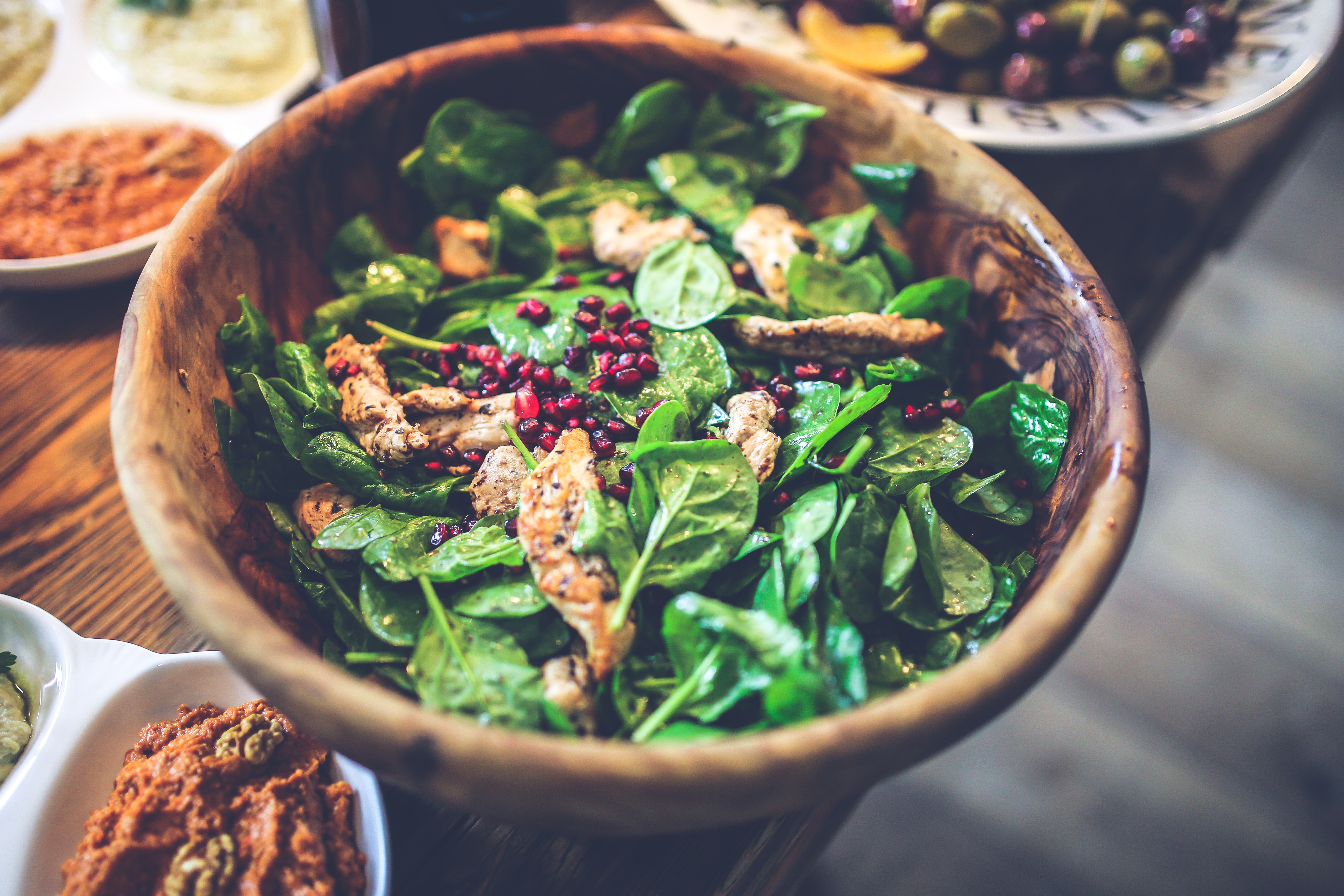
Simple lifestyle changes can help improve period symptoms, including:
- Eating a balanced diet
- Regularly exercising
- Getting 7-8 hours of sleep
- Drinking plenty of water
- Not smoking, or drinking alcohol
Relaxation tips for period pain relief

To reduce stress and period pain by relaxing your muscles, you could try:
- Gentle exercises like tai-chi, yoga or walking
- Placing a hot water bottle or heat pad on your lower tummy
- Having a warm bath, especially with aromatherapy oils
- Back and stomach massages
Some women also find it helpful to wear loose fitting clothing just before and during their period.
Medication for period pain relief
A doctor may advise taking painkillers such as paracetamol to help relieve the condition paracetamol.
Alternatively, they might advise taking the combined contraceptive pill. This can improve heavy, painful periods by thinning the lining of your womb.
Speak to your pharmacist or doctor for further guidance on whether to use these medications and how to get and use them.
When to seek help
You should see a doctor if you suffer:
- Severe period pain
- Pain that is affecting your daily life
- A change from your normal periods
- Periods that are lasting much longer than usual for you
- Irregular or infrequent periods
- Bleeding inbetween periods
- Painful sex
- Unusual vaginal discharge
Your doctor can then assess you to check for any causes for your symptoms.
You should also see a doctor if you are experiencing period pains and you have an intrauterine device (IUD) - a type of contraception inserted into the womb.
Conclusion
Experiencing mild pain and discomfort around your period is perfectly normal and can mostly be managed at home.
However, if the pain is bad enough to stop you from carrying out your daily activities, you should make an appointment with your doctor.
You should also see a doctor if you notice any changes in your usual cycle, or if your flow is heavier than usual.
Such symptoms may be caused by another health condition, such as an infection, which can cause further complications if treatment is delayed.
